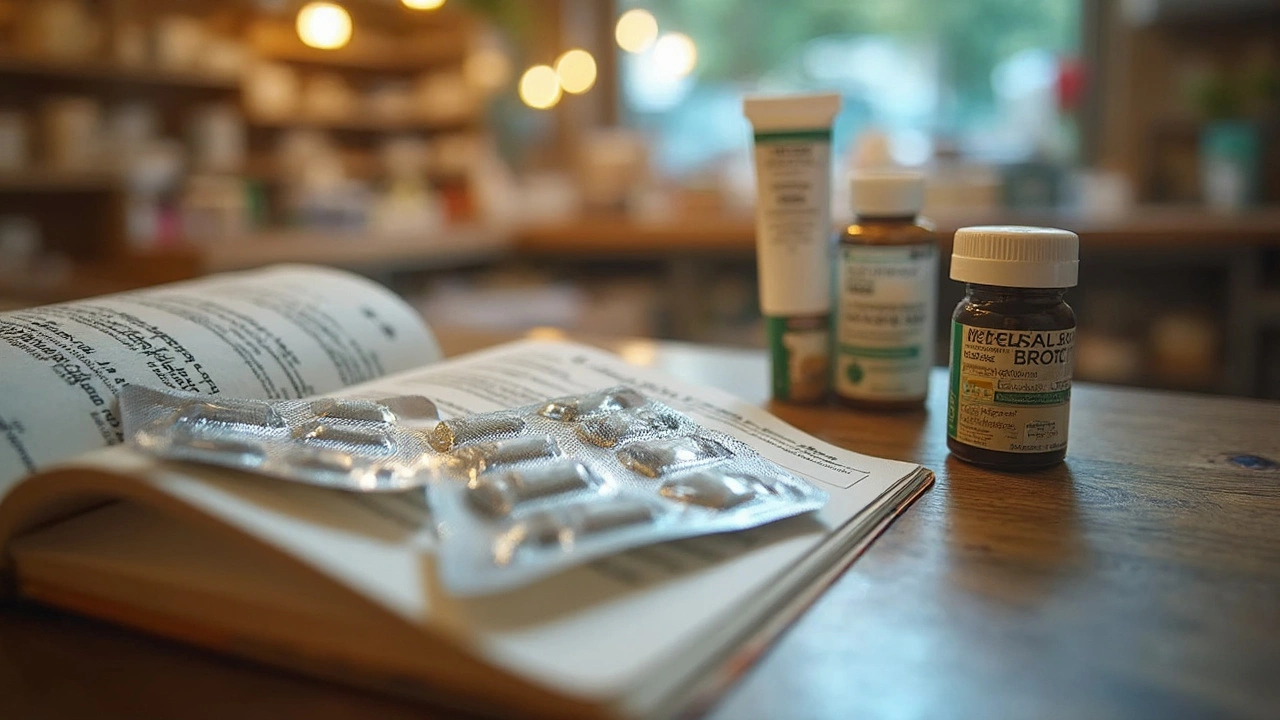Antifungal medications: what works, when to use them
Fungal infections range from athlete's foot to serious bloodstream infections. Choosing the right antifungal matters. Some are creams you buy without a script; others need a doctor and blood tests. I'll walk you through the common options, when to use them, and simple tips to get better faster.
Topical antifungals handle most skin and nail infections. Clotrimazole, miconazole and terbinafine creams work well for athlete's foot, jock itch and ringworm. Apply to clean, dry skin once or twice daily. You must keep using the cream for the full course—stopping early often leads to a comeback. For toenail fungus, topical treatment can help but often needs many months and isn't always enough.
Oral antifungals treat deeper or stubborn infections. Fluconazole is common for yeast infections and some systemic cases. Terbinafine pills clear many nail infections better than creams. Itraconazole covers a wider range but has more interactions. These drugs can work faster, but they carry more risk: liver tests, drug interactions, and side effects like nausea or rash.
Side effects and drug interactions
If you're on blood thinners, statins, or certain HIV meds, tell your prescriber—antifungals can change how those drugs behave. Liver damage is rare but real with oral antifungals, so doctors may check liver enzymes before and during treatment. Mild side effects include upset stomach and headache. Stop and get medical help for yellowing eyes, dark urine, or severe skin reactions.
When to see a doctor
See a clinician if the infection is spreading, painful, or doesn't improve with OTC creams in two weeks. Diabetics, people with weak immune systems, or anyone with a fever plus skin infection should get urgent care. For nail infections that won't clear, your doctor might suggest oral therapy or refer you to a dermatologist.
Pregnancy and breastfeeding change the rules: many oral antifungals are not recommended. Topical azoles are usually safer but check with your midwife or GP before using anything. For babies, pick gentler topical products made for infants and see a pediatrician for advice.
Practical tips that actually help: dry your feet well between toes, rotate shoes, and use breathable socks. For yeast infections, avoid heavy creams and tight clothing while you heal. Finish the full course even if symptoms go away. If using a topical and an oral drug together, follow your prescriber's timing—sometimes spacing matters.
Resistance is growing in some fungi, especially with frequent use of certain drugs. If treatment fails, lab tests can identify the bug and the best drug. Do not mix antifungals with random supplements—some herbal products change drug levels and can harm your liver.
Buying antifungals online? Stick to reputable pharmacies that require prescriptions for oral drugs. Cheap, unregulated products may be fake and ineffective. When in doubt, ask a pharmacist or visit your GP. Proper treatment shortens recovery and lowers the risk of complications—so treat smart, not fast.
Write down dates, doses and side effects so your doctor can quickly see what worked and what didn't.
